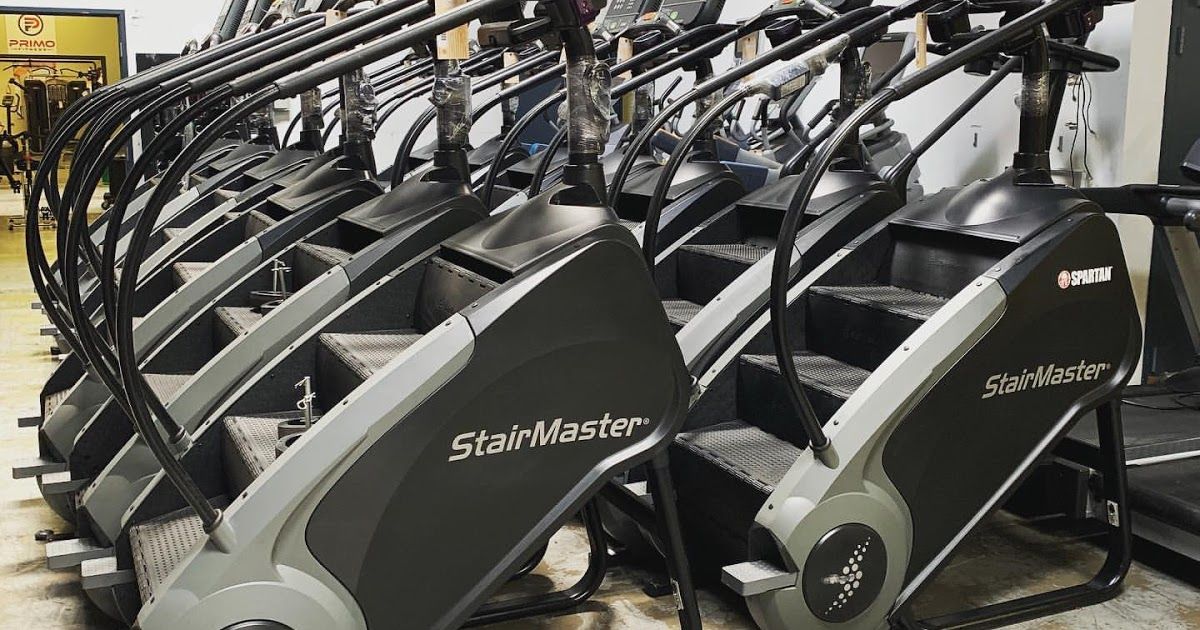

Articles
How Many Steps Are On The Stairmaster Machine
Modified: December 7, 2023
Discover the number of steps in a flight of stairs and how to master them with our informative articles. Get all the insights you need to conquer any staircase challenge.
(Many of the links in this article redirect to a specific reviewed product. Your purchase of these products through affiliate links helps to generate commission for Storables.com, at no extra cost. Learn more)
Introduction
When it comes to fitness, stair climbing is a popular and effective exercise that can be done both indoors and outdoors. One of the most common ways to mimic the experience of climbing stairs indoors is by using a Stairmaster machine. These machines simulate the act of climbing stairs by providing a constantly moving set of steps to step on. However, have you ever wondered how many steps are in a flight of stairs on a Stairmaster? Understanding the number of steps in a flight is not only interesting but can also be crucial for tracking your progress and achieving your fitness goals.
Knowing the number of steps in a flight of stairs on a Stairmaster is essential because it provides you with a reference point for your workouts. Whether you are aiming to climb a certain number of flights or tracking your total steps, having this information can help you set realistic goals and measure your progress accurately. Additionally, understanding the number of steps can help you customize your workouts and adjust the intensity as per your fitness level.
Before we dive into how to determine the number of steps in a flight of stairs on a Stairmaster, let’s take a brief look at what constitutes a flight of stairs.
Key Takeaways:
- Understanding the number of steps in a flight of stairs on a Stairmaster is crucial for setting realistic fitness goals, measuring progress accurately, and customizing workouts based on individual fitness levels.
- Accurate step counting is essential for tracking fitness progress, monitoring activity levels, and identifying areas for improvement. Using reliable tools and listening to your body are key to achieving fitness goals effectively.
Read more: How Many Steps Are In A Floor
Understanding a Flight of Stairs
A flight of stairs refers to a uninterrupted series of steps that connect different levels or floors within a building. It is a fundamental architectural element that provides vertical circulation and is an essential part of any structure. Understanding the components of a flight of stairs can help us grasp the concept better.
The main component of a flight of stairs is, of course, the steps themselves. Steps are horizontal surfaces that allow people to walk up or down the flight. They usually consist of a tread (the horizontal part you step on) and a riser (the vertical part between the treads). The relationship between the tread depth and the riser height determines the comfort and usability of the stairs.
Another important component of a flight of stairs is the landing. Landings are flat areas that provide a resting place between flights or changes in direction. They act as transitional spaces and offer a safe and secure platform for users to navigate through the stairs. Landings are typically located at the top and bottom of a flight, as well as at intermediate levels in large or tall buildings.
Handrails are an integral part of a flight of stairs, providing support and guidance to users. They are typically installed on one or both sides of the flight, allowing users to steady themselves and maintain balance while ascending or descending. Handrails not only enhance safety but also help individuals with limited mobility to navigate the stairs more easily.
Understanding these components of a flight of stairs is important as it sets the foundation for determining the number of steps in a flight of stairs on a Stairmaster. By knowing the basic structure and function of stairs, we can now delve into the process of calculating the number of steps accurately.
Determining the Number of Steps
Various factors come into play when determining the number of steps in a flight of stairs. These factors include the overall height of the flight, the desired rise and run measurements, and any building codes or regulations that must be adhered to. Understanding these factors is crucial for accurately calculating the number of steps in a flight of stairs.
The main factor that affects the number of steps in a flight of stairs is the overall height, also known as the total rise. The total rise is the vertical distance from the starting point to the landing or the end point of the flight. It is measured by taking the difference in elevation between the two levels connected by the stairs.
In addition to the total rise, the rise and run measurements of each step play a significant role in determining the number of steps. The rise refers to the height of each individual step, while the run refers to the depth or horizontal distance between each step. These measurements are typically standardized, with building codes specifying maximum and minimum values to ensure safety and comfort.
To calculate the number of steps in a flight, divide the total rise by the desired rise measurement. For example, if the total rise is 120 inches and the desired rise measurement is 7 inches, you would divide 120 by 7 to get approximately 17.14. Round this number to the nearest whole number to obtain the number of steps, which in this case would be 17.
Keep in mind that the run measurement will also affect the number of steps. The longer the run, the fewer steps there will be in the flight, and vice versa. It is important to strike a balance between the rise and run measurements to ensure the stairs are easy and safe to traverse.
By taking into account the factors mentioned above and performing the necessary calculations, you can determine the accurate number of steps in a flight of stairs. This knowledge is valuable when it comes to understanding the step count on a Stairmaster, as we’ll explore in the next section.
The Stairmaster Machine
The Stairmaster exercise machine is a popular piece of fitness equipment that simulates the experience of climbing stairs. It provides a challenging cardiovascular workout that engages various muscle groups and improves overall fitness. Let’s take a closer look at the Stairmaster machine and the benefits it offers for cardiovascular fitness.
The Stairmaster machine consists of a set of revolving steps that continuously move in an upward motion. Users stand on these steps and mimic the act of climbing stairs, adjusting the speed and resistance settings to customize their workout intensity. The machine is designed to provide a low-impact workout, reducing stress on the joints while still delivering an effective cardiovascular challenge.
One of the main benefits of using a Stairmaster for cardiovascular fitness is its ability to elevate heart rate rapidly. Climbing stairs requires significant energy expenditure and engages large muscle groups such as the quadriceps, hamstrings, glutes, and calves. This intense muscular effort increases heart rate and improves cardiovascular endurance over time.
Using a Stairmaster machine also offers a high-intensity workout with minimal impact on the joints. Unlike running or jogging, which can put stress on the knees and ankles, the Stairmaster provides a smooth and controlled motion that reduces the risk of injury. This makes it an excellent option for individuals with joint issues or those looking for a low-impact alternative to traditional cardio exercises.
Furthermore, the Stairmaster machine allows users to adjust the resistance levels to increase the difficulty of the workout. By increasing the resistance, you can challenge your muscles to work harder and burn more calories. This not only helps with weight management but also builds strength and endurance in the lower body.
In addition to the physical benefits, using a Stairmaster can also improve mental focus and stamina. Climbing stairs requires concentration and coordination, which can help sharpen the mind and enhance mental acuity. The repetitive and rhythmic motion of stair climbing can also have a calming effect, reducing stress and promoting overall well-being.
Overall, the Stairmaster machine is an effective tool for improving cardiovascular fitness. Its ability to elevate heart rate, engage multiple muscle groups, and provide a low-impact workout makes it a popular choice for cardio enthusiasts. Incorporating regular Stairmaster sessions into your fitness routine can lead to improved endurance, increased calorie burn, and enhanced overall fitness levels.
A standard flight of stairs on a Stairmaster typically consists of 8-12 steps. This can vary depending on the specific model and settings.
Steps in a Flight of Stairs on a Stairmaster
When using a Stairmaster machine, it’s natural to wonder how many steps are in a flight on the machine. The number of steps can vary depending on the model and design of the Stairmaster. Let’s explore the average number of steps in a flight on a Stairmaster and the variations you may encounter.
The average number of steps in a flight on a Stairmaster ranges from 8 to 14 steps. This number can vary depending on the specific Stairmaster model and the length of each step. It is important to note that the height or rise of each step may also vary, which can affect the overall number of steps in a flight.
Stairmaster machines typically offer different workout programs and intensity levels, allowing users to customize their workouts based on their fitness goals and preferences. Some Stairmaster models may have shorter steps to provide a faster pace, while others may have longer steps for a more challenging workout. As a result, the number of steps in a flight can differ from one model to another.
Additionally, some Stairmaster machines may offer adjustable step heights, allowing users to vary the intensity of their workouts. By adjusting the step height, you can increase or decrease the difficulty level, which may also affect the number of steps in a flight.
It’s worth mentioning that while the number of steps in a flight can vary, what matters most is the intensity and duration of your workout. Focusing on maintaining a consistent pace, increasing resistance, or using interval training techniques can be more important than getting caught up in the exact step count.
Ultimately, the number of steps in a flight on a Stairmaster can provide a useful reference point for your workouts. Tracking the number of steps can help you set goals, monitor progress, and benchmark your performance. However, it’s important to keep in mind that the main objective is to get a challenging and effective workout, regardless of the specific step count.
Importance of Step Count Accuracy
Having an accurate step count is crucial when it comes to tracking your fitness progress and achieving your goals. Understanding the significance of accurate step counts can help you make the most out of your workouts and ensure that your efforts are effectively contributing to your overall fitness journey.
Accurate step counting is essential because it provides you with a concrete measurement of your activity level. By knowing the number of steps you take, you can gauge your overall physical activity and determine if you’re meeting your daily or weekly targets. This information is especially valuable if you have specific goals related to weight loss, cardiovascular health, or general fitness improvement.
Tracking step counts allows you to monitor your progress over time and identify areas for improvement. Whether you’re aiming to increase your total daily steps or tracking your step count during specific workouts, having accurate data helps you assess your performance and adjust your routines accordingly. This can provide a sense of accomplishment and motivation as you see your step count gradually increase.
Inaccurate step counts can have several implications on your workout routines. If your step count is underestimated, it may lead to a false perception of your activity level. This can result in mistakenly believing that you’ve achieved your targets, when in reality, you may need to push yourself further to reach your desired fitness outcomes. On the other hand, overestimated step counts may lead to unnecessary stress or pressure to meet unrealistic goals, potentially leading to burnout or injury.
Furthermore, inaccurate step counts can impact the effectiveness of your workout routines. If your step count is inaccurately low, it might indicate that you need to increase the intensity or duration of your workouts to ensure you’re getting an adequate challenge. Conversely, if your step count is inaccurately high, it may lead you to believe you’ve exerted more effort than you actually have, potentially resulting in improper planning and recovery strategies.
It’s important to use reliable tools or devices to ensure the accuracy of your step count. Investing in a high-quality fitness tracker or using trusted apps can help provide more precise measurements. However, it’s also essential to listen to your body and use your own perception of effort as a guide. Ultimately, while step count accuracy is beneficial for progress tracking, it’s important to remember that it’s just one piece of the puzzle in your fitness journey. Focus on overall improvement, listen to your body’s signals, and make adjustments based on your own personal goals and circumstances.
Tips for Using a Stairmaster Effectively
Using a Stairmaster effectively not only maximizes the benefits of your workout but also ensures your safety and prevents common mistakes that can hinder your progress. Here are some tips to help you use a Stairmaster effectively:
Proper Technique:
- Stand upright with good posture, engaging your core muscles.
- Place your feet firmly on the steps, ensuring your entire foot is on the step and not hanging off the edge.
- Avoid leaning on the handrails for support unless necessary.
- Maintain a smooth and controlled motion throughout the exercise.
- Use your glutes and leg muscles to push yourself up and resist the downward movement.
- Keep your knees slightly bent to prevent stress on the joints.
Safety Precautions:
- Ensure that the Stairmaster is properly calibrated and in good working condition before use.
- Start with a warm-up and gradually increase the intensity of your workout.
- Use appropriate resistance settings to challenge yourself without compromising your form.
- Stay hydrated and take breaks if needed, especially during longer or more intense workouts.
- Pay attention to your body’s signals and stop if you experience any pain or discomfort.
- If you have any health concerns or physical limitations, consult with a healthcare professional before using a Stairmaster.
Common Mistakes to Avoid:
- Do not rely heavily on the handrails for support, as this can reduce the effectiveness of the workout and compromise proper posture.
- Avoid slouching or leaning forward, as this can strain your back and neck muscles.
- Don’t overstride or take excessively large steps, as it can lead to imbalance and unnecessary strain on the joints.
- Avoid holding your breath during the exercise; instead, breathe steadily and maintain a rhythmic breathing pattern.
- Do not excessively grip the handrails, as it can strain your forearms and wrists.
- Avoid incorrect speed or resistance settings; adjust them to match your fitness level and goals.
By following these tips, you can make the most of your Stairmaster workouts, reduce the risk of injury, and achieve better results. Remember to start gradually, listen to your body, and focus on maintaining proper form throughout your exercise session.
Conclusion
In conclusion, understanding the number of steps in a flight of stairs on a Stairmaster is important for tracking fitness progress and optimizing your workouts. Here’s a recap of the key points discussed in this article:
We started by explaining the importance of knowing the number of steps in a flight of stairs on a Stairmaster. This knowledge allows you to set realistic goals, measure progress accurately, and customize your workouts based on your fitness level.
We then delved into the components of a flight of stairs, including the steps, landings, and handrails. Understanding these components provides a foundation for determining the number of steps in a flight on a Stairmaster.
Factors such as the overall height, rise and run measurements, and building codes influence the number of steps in a flight of stairs. By calculating the rise and run values, you can accurately determine the number of steps required.
The Stairmaster machine offers a convenient way to simulate climbing stairs indoors. We explored its overview and highlighted the benefits it offers for cardiovascular fitness, including elevated heart rate, low-impact exercise, adjustable resistance, and mental focus.
The number of steps in a flight on a Stairmaster can vary based on the model and design. We discussed the average number of steps and emphasized that what matters most is the intensity and duration of the workout, rather than the specific step count.
Accurate step counting is essential for tracking fitness progress. We highlighted the significance of accurate step counts in monitoring activity levels, tracking progress over time, and identifying areas for improvement. Inaccurate step counts can lead to misperceptions and affect the effectiveness of your workout routines.
Finally, we provided tips for using a Stairmaster effectively, including proper technique, safety precautions, and common mistakes to avoid. By following these tips, you can optimize your Stairmaster workouts, ensure your safety, and achieve better results.
In conclusion, having knowledge of the number of steps in a flight of stairs on a Stairmaster is valuable for your fitness journey. Remember to focus on overall improvement, listen to your body, and use reliable tools to track your step count accurately. By incorporating these practices, you can make the most out of your Stairmaster workouts and achieve your fitness goals effectively.
Frequently Asked Questions about How Many Steps Are On The Stairmaster Machine
Was this page helpful?
At Storables.com, we guarantee accurate and reliable information. Our content, validated by Expert Board Contributors, is crafted following stringent Editorial Policies. We're committed to providing you with well-researched, expert-backed insights for all your informational needs.
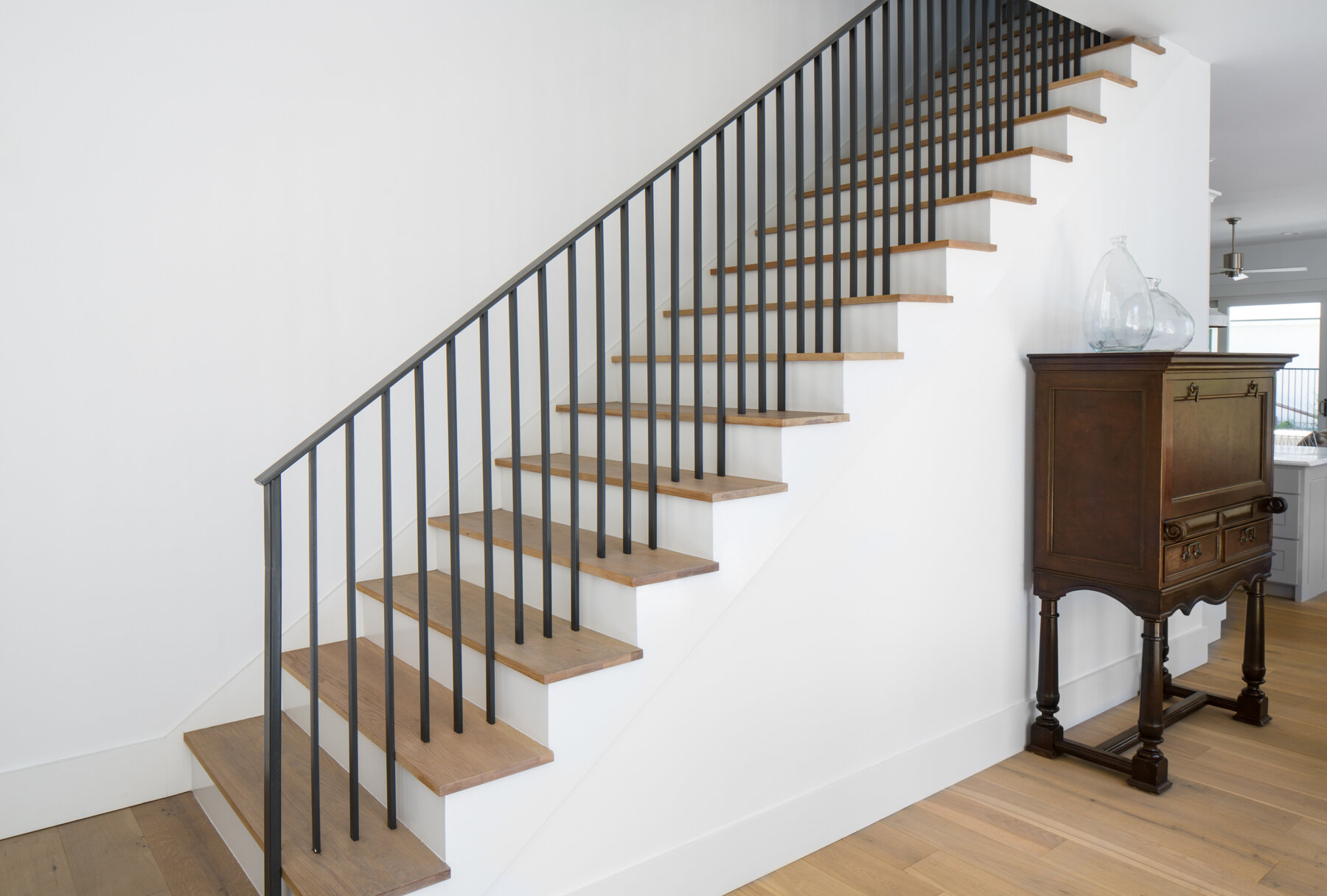

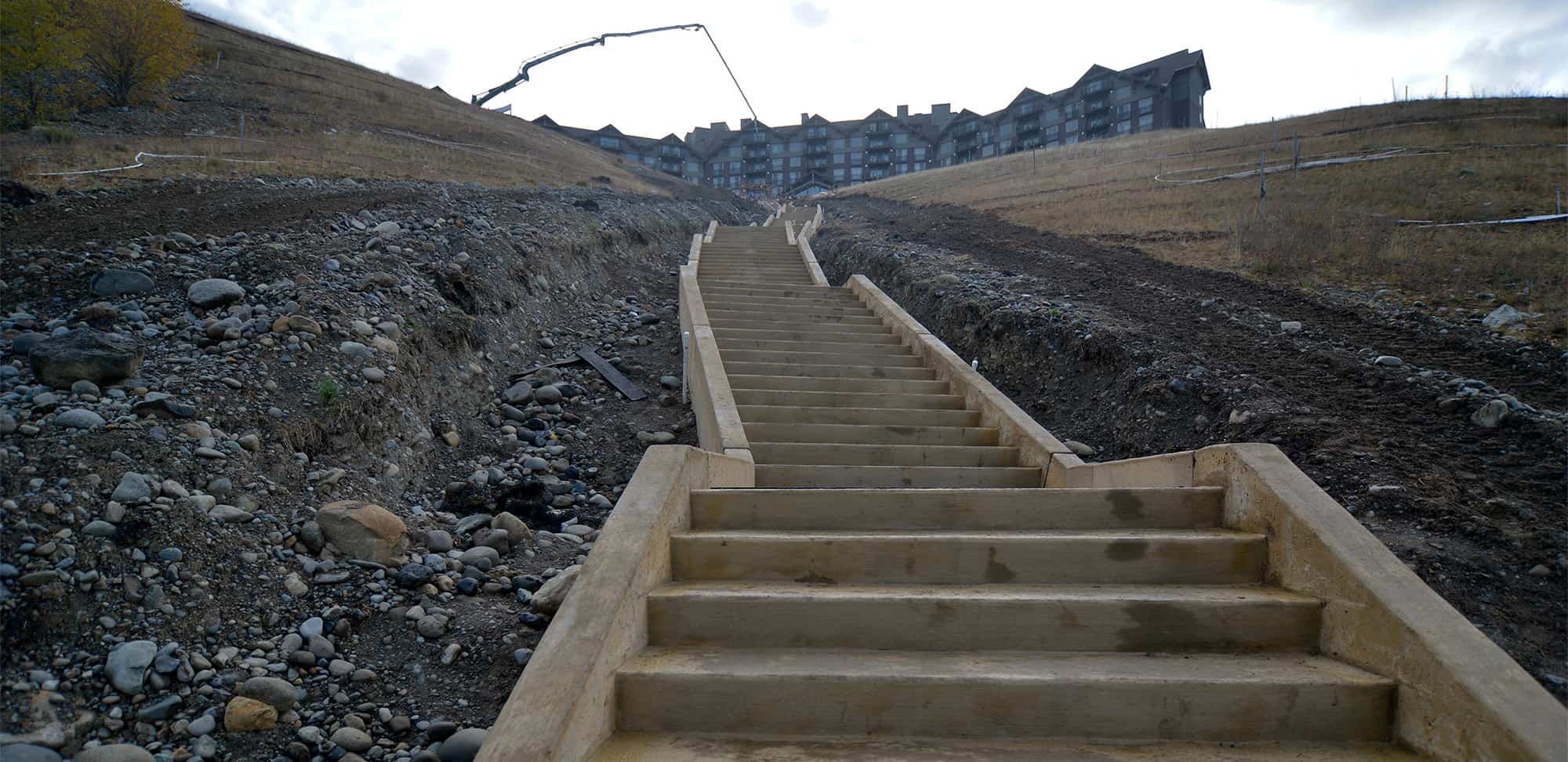
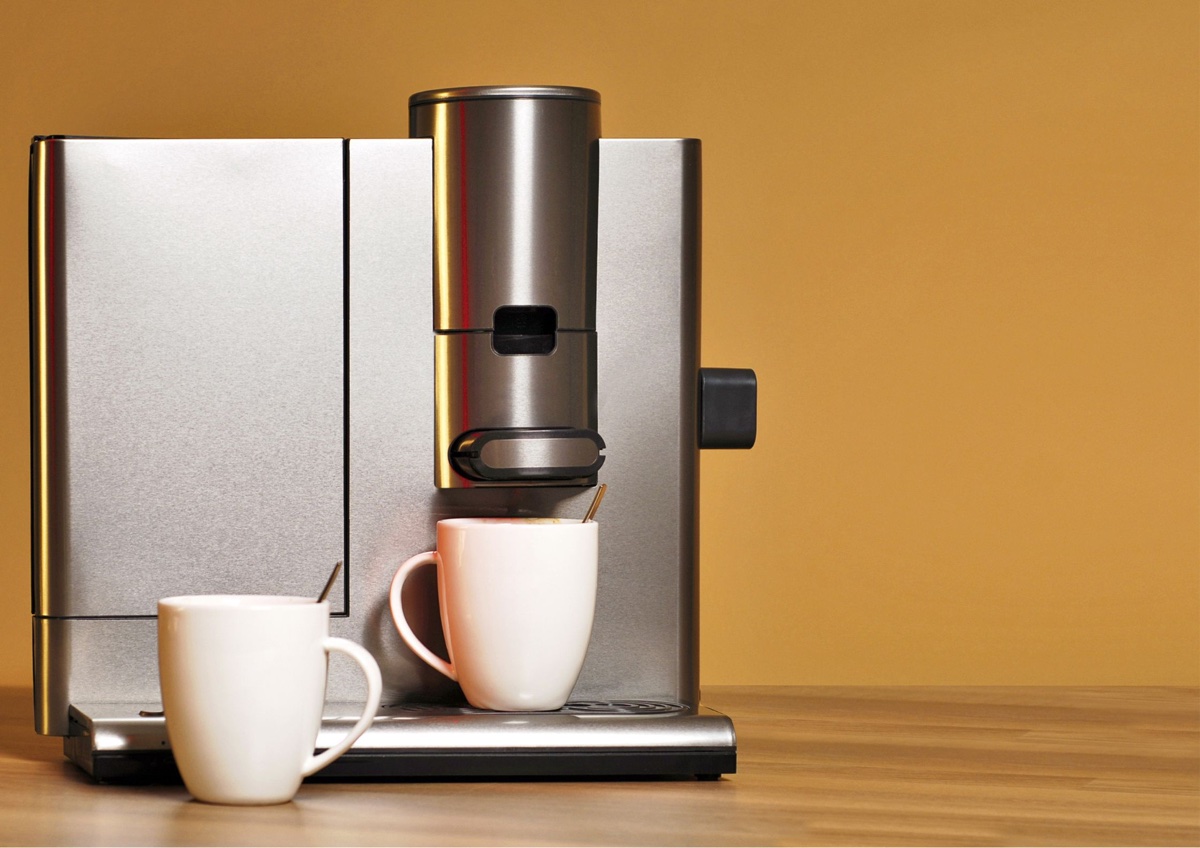



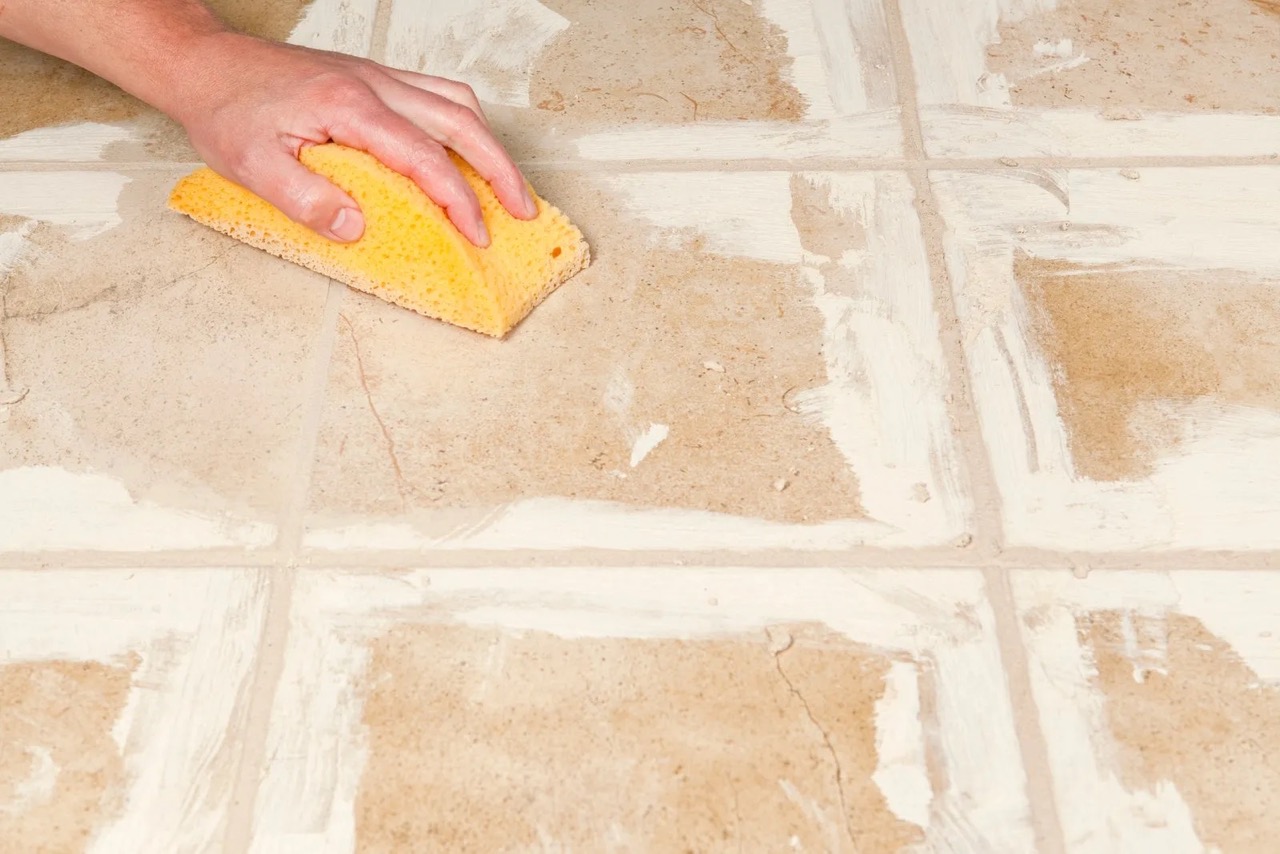

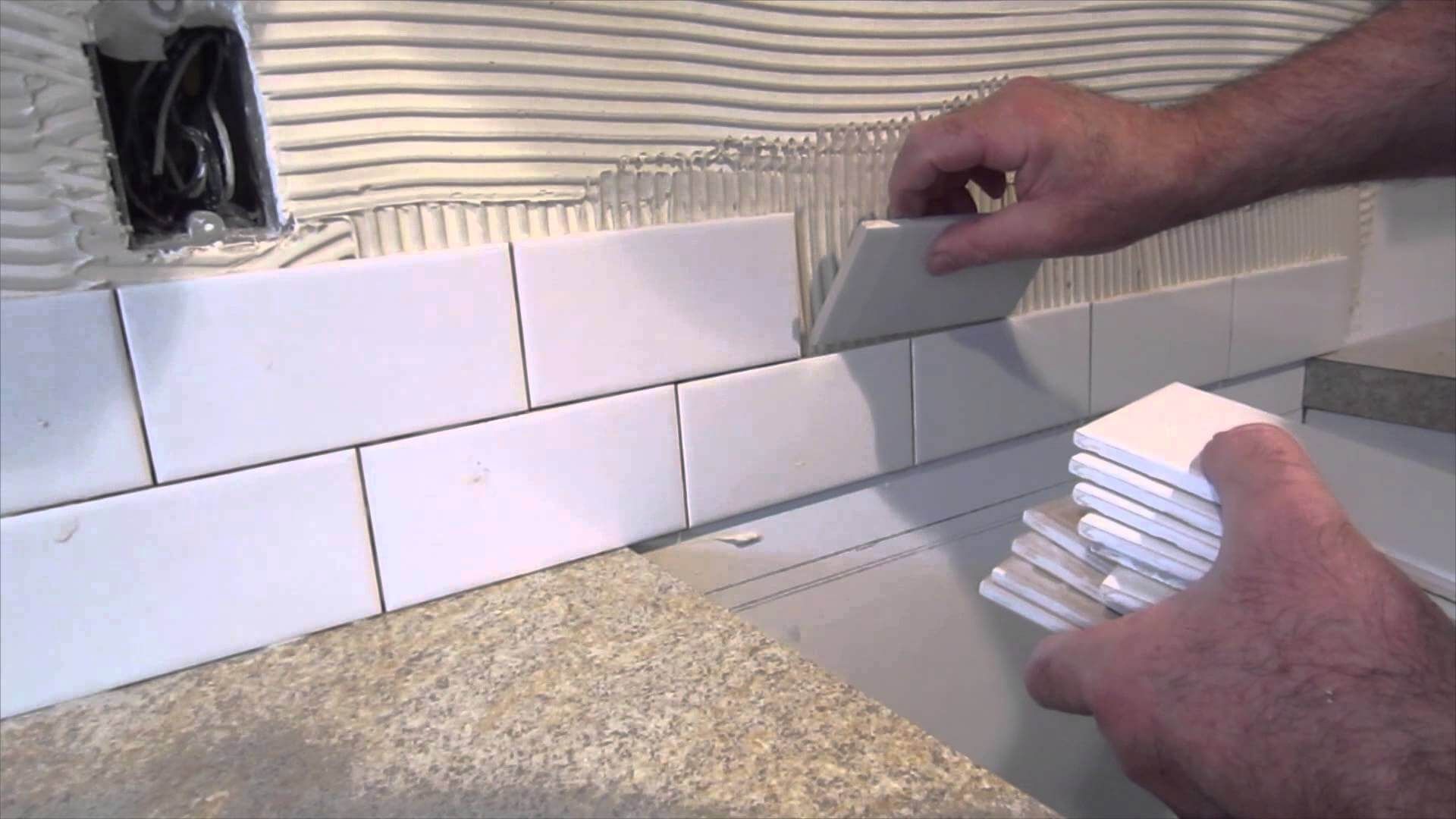





0 thoughts on “How Many Steps Are On The Stairmaster Machine”